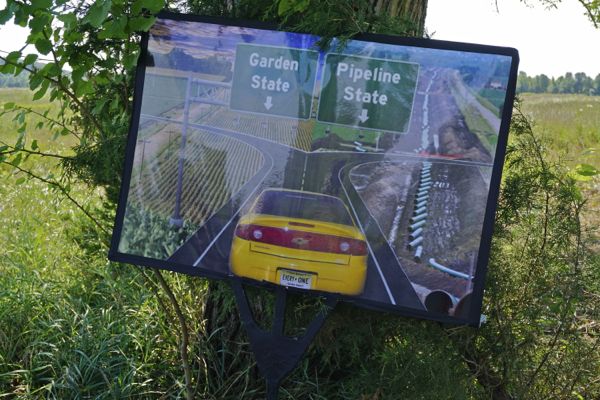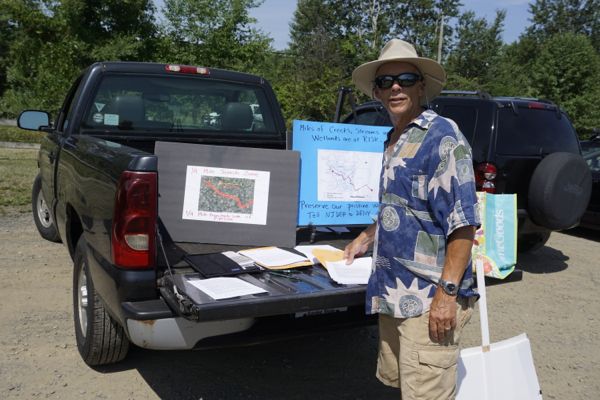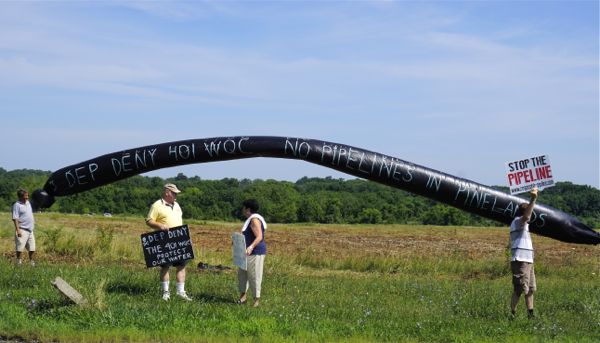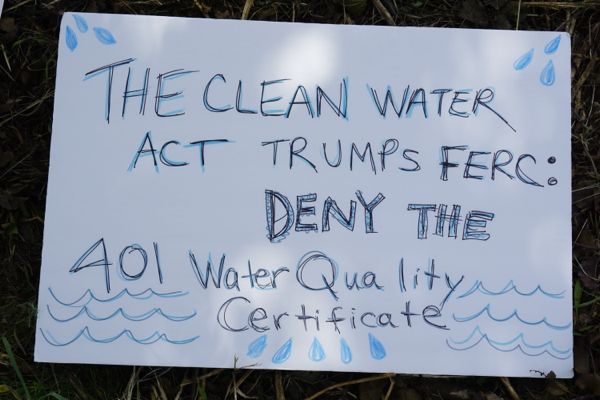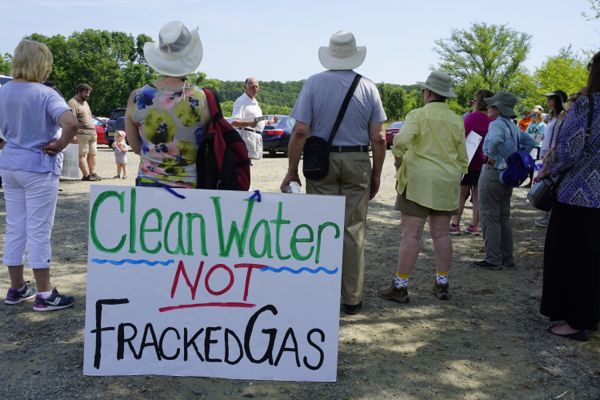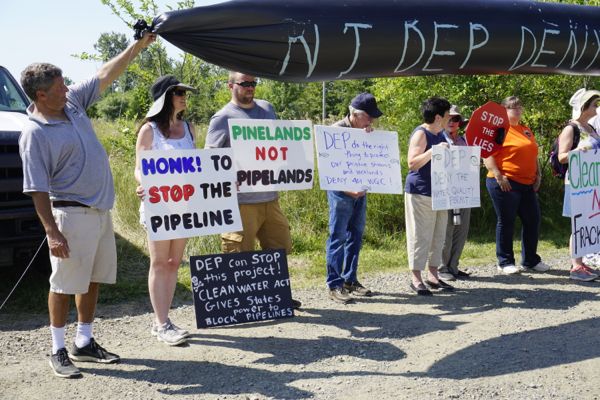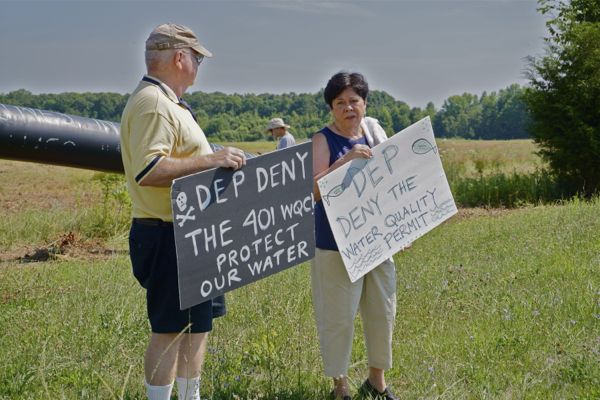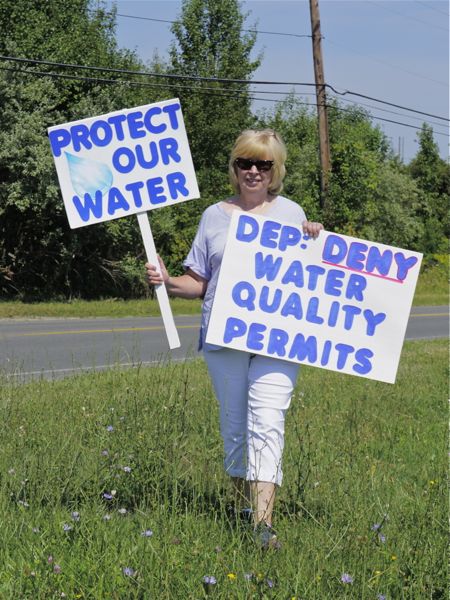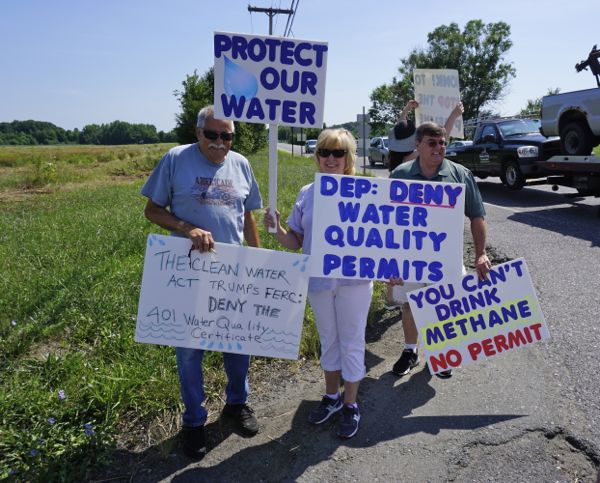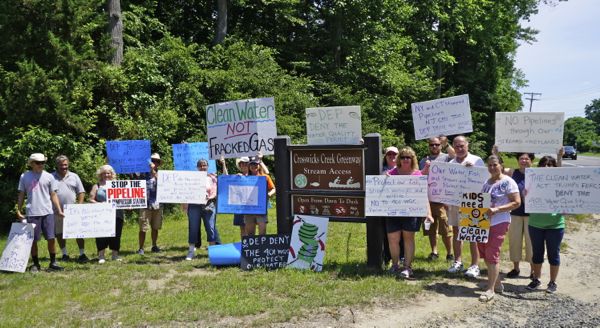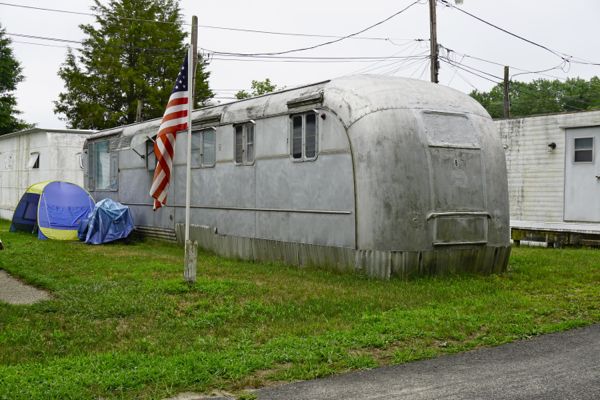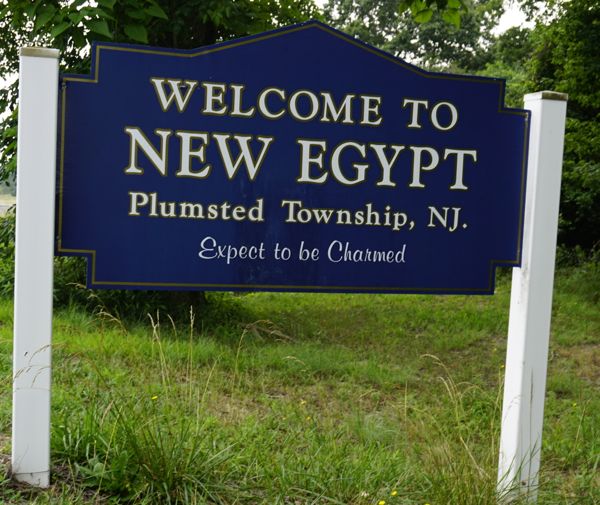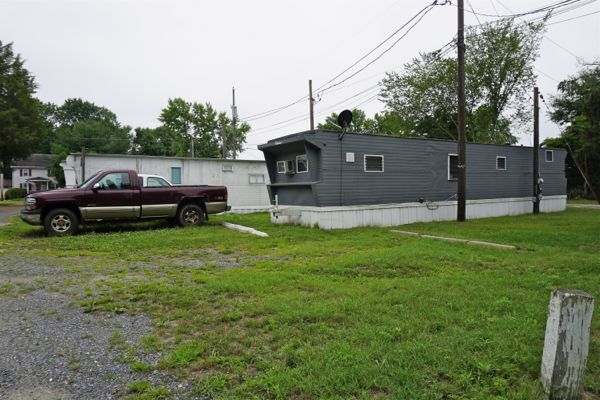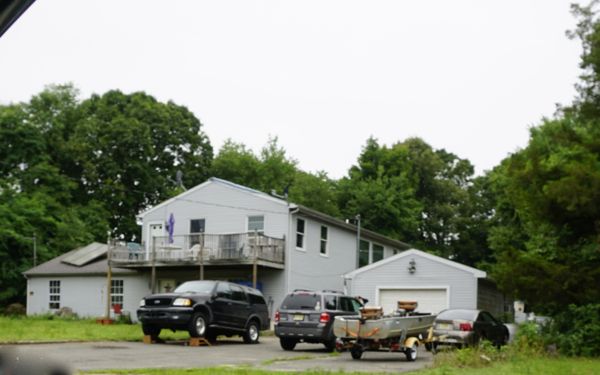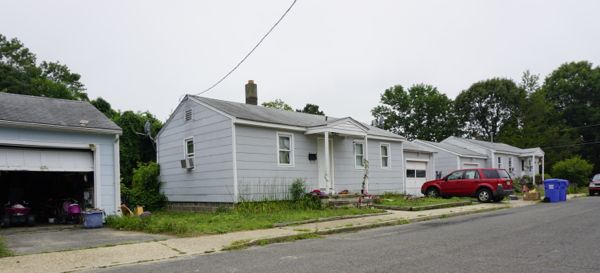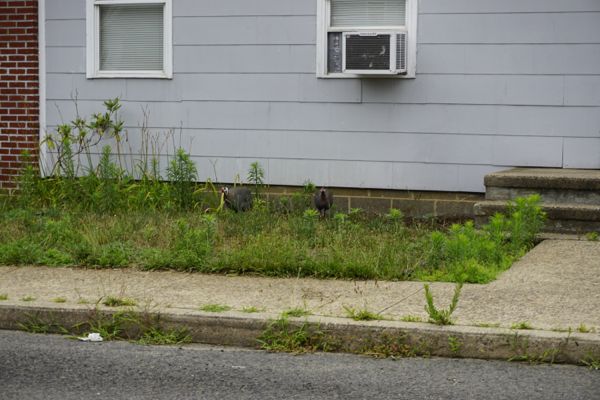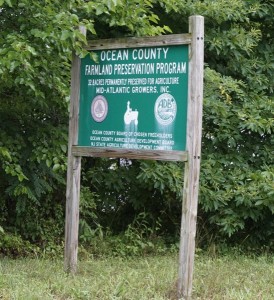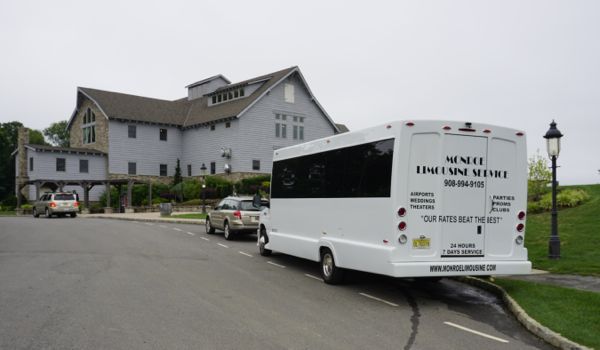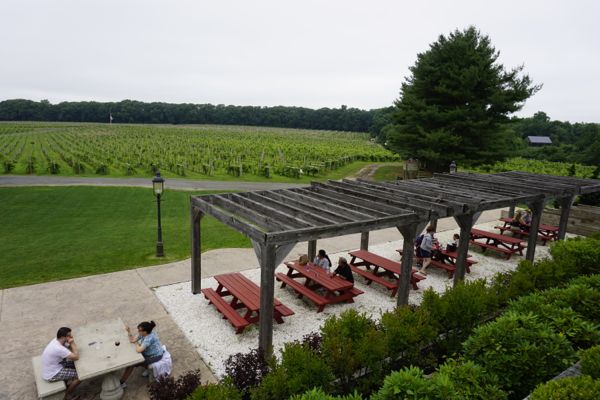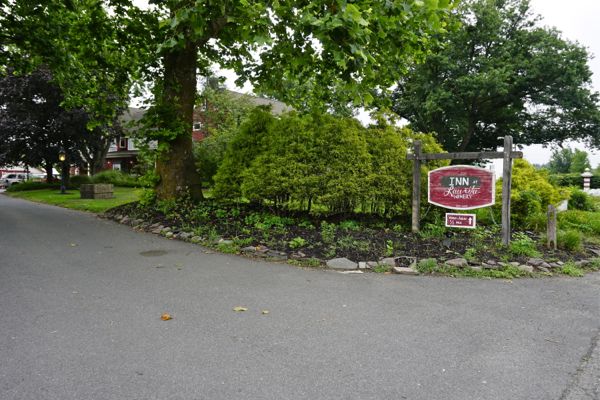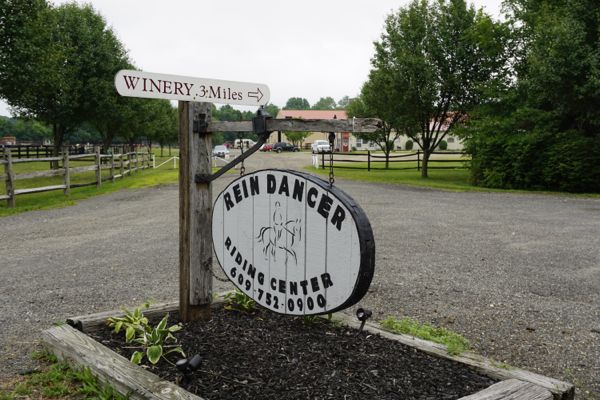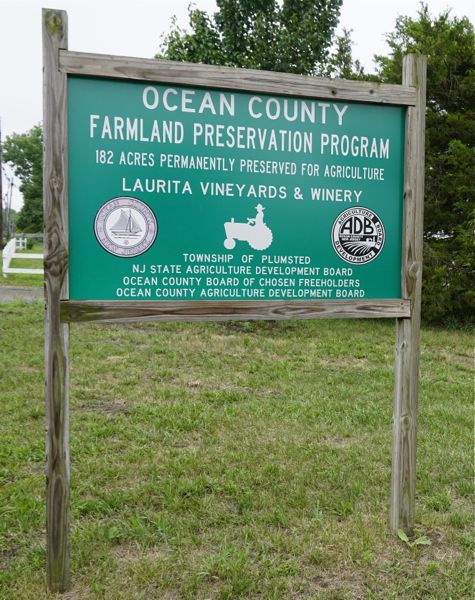DEP Abdicates Climate Adaptation Planning in Coastal Management Strategy
Despite Steeply Rising Risks, Report Virtually Abandons DEP role
Report Sharply Contradicts Gov. Christie’s Statements on Climate Change
The Christie DEP quietly adopted a federally mandated update to NJ’s coastal management strategy, see:
Under Section 309 of the federal Coastal Zone Management Act, coastal States are required to adopt the so called “309 Report” and incorporate it in enforceable State policies, plans and regulations, as a condition of federal funding.
The Christie DEP 309 Report was developed with limited public awareness or input in behind closed doors private “by invitation only” Stakeholder meetings, in flagrant contradiction to NOAA policy.
[Update: Star Ledger editorial today slams DEP “Stakeholder” meetings too and calls for legislative vetoes of Flood hazard and Highlands septic density rules – read the whole thing]
As the title of the Report make clear, it provides an assessment of conditions effecting 9 critical issues: wetlands, coastal hazards, public access, marine debris, cumulative and secondary impacts, special area management plans, ocean and Great Lakes resources, energy and government facility siting, and aquaculture.
States must establish priorities and prepare enforceable strategies, policies, and management plans for each critical issue.
The DEP’s coastal assessment paints a bleak future for NJ’s coastal zone, as a combination of climate change driven phenomenon are magnified and coastal natural resources continue to suffer severe impacts of both climate change and continuing rampant over-development.
The Christie DEP’ strategy to respond to these threats is equally bleak, as DEP essentially outsourced its role on climate issues to Rutgers and various private entities or local governments and downplayed or abdicated DEP’s planning and regulatory powers.
So let’s take a quick look at some of the key issues – we encourage you to read the whole report.
Coastal Assessment and DEP Strategy
1. Continuing loss of wetlands:
Between 2007 and 2012, NJ’s coastal counties lost 7.64 square miles (4,890 acres) of wetlands:
- 2.58 square miles of wetlands were converted to development;
- 2.89 square miles of wetlands were converted to water; and
- 2.17 square miles of wetlands were converted to barren land.
DEP’s response to these losses is lame:
Superstorm Sandy severely impacted New Jersey’s wetlands due to storm surge, flooding, and erosion. The State is encouraging ecologically-based solutions through the establishment of living shorelines to restore natural areas and mitigate the future loss of property rather than hard armoring shorelines as the sole solution.
It is absurd and Orwellian to argue that the Christie DEP is encouraging “ecologically-based solutions” with a tiny group of these band aid projects, while losing that many acres of sensitive wetlands and while the State and federal governments are spending billions of dollars on unsustainable and costly engineering solutions, like beach replenishment, steel sea walls, bulkheads, and constructed dunes.
2. Cumulative and Secondary Impacts of Rampant Over-development
Between 2007 and 2012, the impervious surfaces – in what is already a highly developed coastal region in coastal counties increased by a whopping 2%. That number may seem small as a percentage, but it is huge in magnitude. Take a look:

Impervious surfaces (rooftops, parking lots, roads, etc) not only destroy natural vegetation and habitat, they contribute to flooding risks, degrade water quality, and threaten water supplies.
This continuing increase in over-development and impervious cover comes at a time when the Christie Administration abandoned the State land use plan and replaced it with an economic growth strategy.
Again, check out how the Orwellian Christie DEP defends this abandonment of State land use planning:
The Department recognizes the importance and value of addressing cumulative and secondary impacts and does so through regulatory programs that review individual projects. During this assessment period, the State proposed a New State Strategic Plan to replace the current State Development and Redevelopment Plan and Map that would require the NJCMP to reevaluate its method of coordinating local and regional land use planning with the objectives of the NJCMP. In addition, Superstorm Sandy emphasized the need to assist coastal communities in understanding coastal hazard vulnerability and to identify new planning approaches that can create resilient and sustainable communities.
What are these “new planning approaches?
To their credit, the DEP professionals admitted that they don’t have any:
Current processes, including Plan Endorsement with the State Plan, and CAFRA center designation under CZM rules, that work toward achieving a balance in human and natural resource protections in the coastal zone, will need to be modified moving forward to incorporate resiliency and address changes in the broader State planning processes.
3. Coastal Hazards Proliferate
Perhaps the most frightening future for the shore is addressed under the euphemism “coastal hazard”. Take a look at how DEP characterizes that:
NOAA coastal hazard tools show hundreds of thousands of New Jersey’s residents live in vulnerable areas; 67% of New Jersey’s coastline is at high or very high risk to coastal erosion; and 60% of the coastline is projected at high or very high risk to sea level rise. New Jersey’s Coastal Vulnerability Index (CVI) mapping shows over 550,000 acres as highly vulnerable to coastal hazards.
How is the Christie DEP responding to these serious and accelerating risks?
With more Orwellian spin –
The first boldface DEP statement below is true: DEP promoted Governor Christie’s insane “Rebuild Madness” policy. But the following claim is flat out false: DEP CZM rules weakened development restrictions and actually promoted new development in environmentally sensitive and hazardous locations.
In response to Superstorm Sandy, the Department adopted regulatory amendments to the Flood Hazard Area Control Act Rules and coastal rules in 2013. The changes to the coastal rules were intended to facilitate the expeditious rebuilding of more resilient coastal communities and coastal-related industries, and help facilitate the recovery of the coastal ecosystem. The New Jersey Coastal Management Program (NJ CMP), through the CZM rules, will continue to steer development away New Jersey Coastal Management Program Section 309 Assessment & Strategy 2016-2020 from naturally hazardous and sensitive areas, protect estuarine and marine environments from adverse impacts, and promote resource conservation and designs sensitive to the environment.
4. Energy Infrastructure Ignored
At a time DEP is reviewing and approving wetlands & CAFRA permits and Water Quality Certificates for major new fossil fueled gas power plants and gas pipelines in the coastal zone and has proposed off shore LNG and several existing nuclear power plants to deal with – a hazardous zone highly vulnerable to climate change driven sea level rise and storm surge – the Christie DEP has NO STRATEGY and NO PLANS to address that set of issues.
Here is DEP’s entire “assessment and strategy” – seriously, this is it:
Energy and Government Facility Siting (Medium Priority)
While this enhancement area is important to the NJCMP, it will be addressed under current regulatory processes and other enhancement area strategies.
It is important to note that the State DEP coastal zone management powers are NOT preempted by federal law, like the Natural Gas Act and FERC.
The DEP has the power to kill major energy projects like gas pipelines and power plants upon a finding that the project would be “inconsistent” with DEP’s Coastal Zone Management Plan.
Additionally, the DEP Clean Water Act Section 401 Water Quality Certificate is issued in the coastal zone in CAFRA permits.
This makes it very important that pipeline activists pay close attention to CAFRA permits for energy infrastructure.
5. Christie DEP Outsourcing of Climate Change and Adaptation Planning
I saved the best for last.
Contrary to Governor Christie’s public statements that climate change is an “esoteric issue” that “people don’t give a damn about” and “not a priority” and had “nothing to do with Sandy”, the DEP Report actually does reflect the science and does mention climate change and characterizes the risks of flooding, coastal storms, shoreline erosion, and sea level rise as “high priority” and “high risks”.
The loss of drinking water supply due to salt water intrusion is only called a “medium” risk – purportedly because it “varies by location”.
What do the people who live at the sure do without a drinking water supply?
The DEP then goes on to list a series of Reports and plans developed by a series of groups to address these “high risks”
I will present the text in its entirety – one of the things you should note is that DEP has outsourced ALL this critical work and incorporated NONE of it in DEP plans and regulations!
DEP admits that the regulatory changes that they did adopt were not based on the science in the Report (page IV-31)
These changes were not 309 driven.
DEP presents a list of voluntary, local and/or private initiatives to respond to these “high risks. Various vulnerability assessment, mapping and “resilience” initiative are described, none of which are enforceable State DEP Programs, Plans or regulations:
The RCCI is a voluntary planning project that provides coastal communities with both planning and technical support in order to reduce exposure and vulnerability to hazards through long-range planning. The initiative supplements and leverages existing work being performed by project partners including Rutgers University Edward J. Bloustein School of Planning & Public Policy, JCNERR, UCI, Sustainable Jersey, and NJ Future.
None of this work – by DEP’s own statements – has been incorporated in enforceable DEP polcies.
That failure to implement the climate science amounts to a total abdication of DEP’s responsibilities under federal and State laws. The federal CZMA requires “enforceable” policies. The CAFRA statute and a myriad of other State laws put DEP is charge of managing the coastal zone and protecting its natural resources and risks to people and property.
So, let’s take a look at these “high risks”. The DEP Report states: (starting on page IV-27):
Following is a selection of recent reports related to identified coastal hazards that are illustrative of the increasing risk to New Jersey’s coastal area.
- State of New Jersey 2014 Hazard Mitigation Plan
http://www.ready.nj.gov/programs/mitigation_plan2014.html
The State of New Jersey 2014 Hazard Mitigation Plan (HMP) includes an overview of the location of all natural hazards that can affect the State, including information on previous occurrences of hazard events, as well as the probability of future hazard events. The HMP identifies a comprehensive list of natural and man-made hazards applicable to the State and evaluates them to identify the overall hazards of concern for the State of New Jersey. Coastal erosion and sea level rise, earthquakes, floods (riverine, coastal, storm surge, tsunami, and stormwater), geological hazards (landslide and subsidence/sinkholes), hurricanes and tropical storms, nor’easters, and severe weather (high winds, tornadoes, etc.) were included in the list of Hazards of Concerns. According to the HMP Executive Summary those hazards that pose greatest risk to the State include coastal hazards such as flooding (riverine and coastal), hurricanes and tropical storms and accompanying wind and storm surge, and earthquakes.
Recently released reports from NOAA indicate that nuisance flooding – defined by NOAA’s National Weather Service as between one to two feet above local high tide – will occur more and more frequently. So-called “nuisance flooding” — which causes public inconveniences such as frequent road closures, overwhelmed storm drains, and compromised infrastructure — has increased on all three U.S. coasts, between 300 and 925 percent since the 1960s, according to the NOAA technical report (Sea Level Rise and Nuisance Flood Frequency Changes around the United States). The report indicates an average 0.43 nuisance flood days (1957-1963) and 3.1 (2007-2013) at Atlantic City, an increase of 682%. At Sandy Hook, the report indicates an average 0.45 nuisance flood days (1957-1963) and 3.3 (2007-2013), an increase of 626%.
Recent data and studies have shown that sea level rise is occurring in New Jersey at a faster rate than is occurring globally. Tide gauges off New Jersey’s coast show sea level rising at 3-4 mm/yr. since 1900. The New Jersey coastal plain is also subsiding due to sediment compaction and groundwater withdrawal, accounting for about another 1 mm/yr. A recent report on sea level rise in NJ14 predicts sea level rise of 7 to 16 inches by 2030; 13 to 28 inches by 2050; and, 30 to 71 inches by 2100.
While this Assessment was being drafted, a study by researchers at Rutgers and Harvard Universities (http://www.nature.com/nature/journal/vaop/ncurrent/full/nature14093.html) was issued indicating that the rate of sea level rise (SLR) has increased in the past 20 years. This new information may affect some SLR projections.
- New Jersey Climate Adaptation Alliance
Resilience: Preparing New Jersey for Climate Change
http://njadapt.rutgers.edu/docman-lister/resource-pdfs/73-njcaa-gap-analysis-final-pdf/file
This report is a step toward developing policy recommendations to enhance climate change preparedness in New Jersey. It summarizes key gaps identified to date through a stakeholder outreach process. It provides context regarding New Jersey’s changing climate and vulnerabilities. Next examined is the science of climate change – specifically, what New Jersey in the 21st century can expect in regard to precipitation, temperature, sea level rise, and extreme weather. The report then provides an assessment of public opinion in New Jersey about climate change and the willingness of residents to fund adaptation policy. Following the assessment, the report provides an analysis of population vulnerability to climate change impacts. The report concludes with the findings of a seven-month stakeholder outreach process that was designed to gather the views of lay people and professionals in a wide range of specialized fields . Outreach was also conducted for issues that permeate multiple sectors: emergency management and vulnerable populations.
- Increasing Precipitation Events
Recent studies project an increase in the intensity and frequency of precipitation events that lead to more flooding and an increased potential of landslides. The Climate Change in New Jersey: Trends and Projections report by the NJ Climate Adaptation Alliance (http://www.precaution.org/lib/njcaa-trends-and-projections.pdf) cites an increase in the amount of total precipitation falling during 1% (100-year) storm of 54%, and projected increases of up to 3 to 4 inches over current rain events. The 1% storm is also projected to occur more frequently, happening every 35 to 55 years by 2050 and every 15 to 35 years by 2100.
While not specific to New Jersey, the Impact of Climate Change and Population Growth on the National Flood Insurance Program through 2100 report produced for the Federal Emergency Management Agency (FEMA) in 2013 projects the riverine floodplain associated with the 1% storm to grow by 45% nationally by 2100. Further, the typical coastal Special Flood Hazard Area is projected to increase by 55%, and likely more for the Atlantic coast. (See http://www.aecom.com/News/Sustainability/FEMA+Climate+Change+Report)
According to the National Flood Insurance Program’s Claim Information by State report (http://bsa.nfipstat.fema.gov/reports/1040.htm) of November 30, 2014, New Jersey recently passed Texas as the second highest ranked state in FEMA total loss payments with $5,622,667,976.21 in losses. New Jersey is the fourth highest ranked state in the total number of losses at over 188,000. While these losses are not limited to New Jersey’s coastal zone, the statistics are indicative of the increasing risks to natural hazards.
The confined aquifers of the New Jersey Coastal Plain are a major source of water supply for New Jersey, providing the majority of water to the southern region of the State. Steadily increasing use of these aquifers has caused progressive declines in water levels in some areas and saltwater intrusion in other areas. The presence of and potential for saltwater intrusion represents a significant limitation on water-supply development in the confined aquifers. Active intrusion has been documented in the Raritan Bay area, the Cape May Peninsula, and the Delaware Bay area, all in New Jersey’s Atlantic Coastal Plain province. The Winter-Spring 2014 volume of Unearthing New Jersey – a newsletter published by the NJ Geological and Water Survey – includes an article titled, Mapping, Monitoring and Managing Cape May County’s Groundwater Resource that summarizes the current state of the issue in Cape May County. (http://www.state.nj.us/dep/njgs/enviroed/newsletter/v10n1.pdf)

